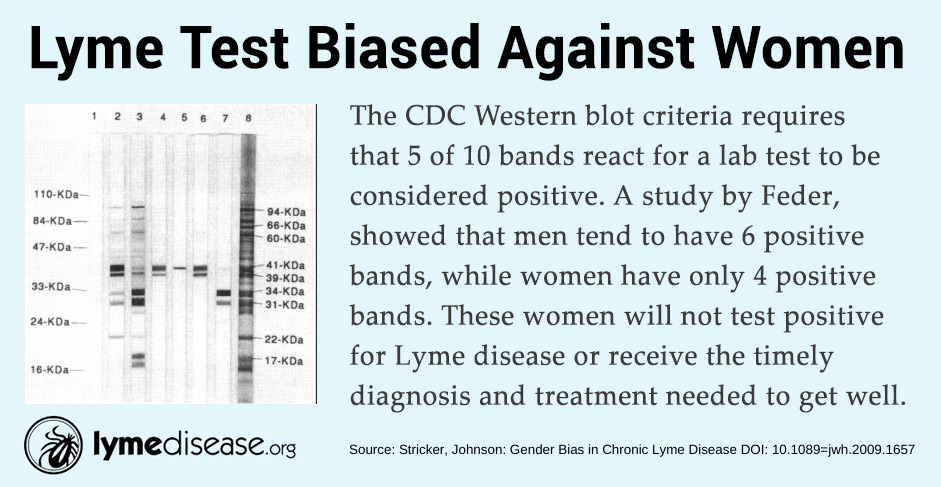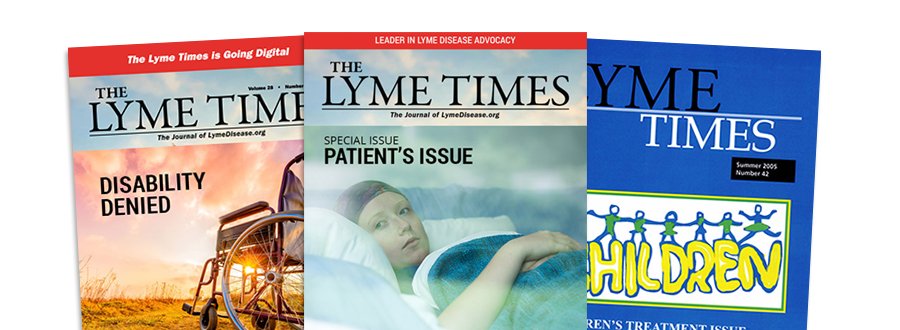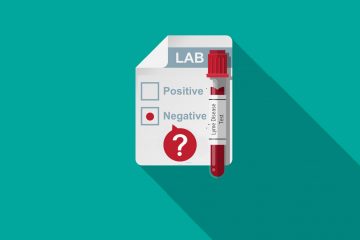- Home
- Find A Physician
- FIND A PHYSICIAN
- LymeTimes
- Current Issue
- Archives
- FEATURED LYMEDISEASE.ORG ISSUES
- Resources
- LYME LITERATE PHYSICIAN VIDEOS
- Physicians
- Members
- About Us
- Resources
G ender bias is now a widely recognized problem in research. Sometimes this happens because women haven’t been studied in the first place. Even when they have been included in the research, their results have sometimes been analyzed separately from those of men. Because of this, we don’t know much about how women differ from men in how they contract a disease, are diagnosed, or respond to treatment.
Is this an issue in Lyme disease? Are women more likely to get Lyme disease, more difficult to diagnose, or more prone to treatment failure? We decided to launch a research study using data from the MyLymeData patient registry. To kick off the study, we asked Dr. Raphael Stricker to explain how males and females with Lyme disease might differ. Join or login to view Dr. Stricker’s video.
Lyme Disease Gender Differences
Dr. Stricker identified four major areas in Lyme disease where males and females are not alike:
- Women might attract more ticks and have more atypical Lyme rashes than men (Josek, 2019).
- Commercial two-tier Lyme testing favors men over women, because men have higher rates of positive ELISA tests and higher rates of positive western blots (Feder, 1992; Rebman, 2015; and Schwarzwalder, 2010).
- Women have an exaggerated response to borrelia infection, with higher numbers of inflammatory and inhibitory cytokines than men. This might promote the evolution of chronic Lyme disease. (Jarefors, 2006).
- Women might have a higher treatment failure rate.
Lyme Tests Are Biased to Detect More Males
The CDC western blot criteria require that 5 of 10 bands react for a lab test to be considered positive. A study by Feder, showed that men tend to have 6 positive bands, while women have only 4 positive bands. These women will not test positive for Lyme disease or receive the timely diagnosis and treatment needed to get well (Stricker & Johnson, 2009).

Join or login below to continue reading.
You must be a LymeDisease.org member to access this content.





























